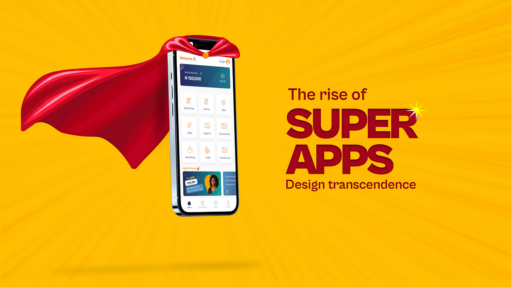In the initial stages of my professional journey, I was deeply entrenched in a “bottom up” approach. My method involved gathering extensive data, categorizing it, identifying patterns, and formulating conclusions. Transitioning to a “top down” mindset was challenging, yet it became evident that as a senior leader and entrepreneur, mastering this skill was non-negotiable for effective problem-solving and communication.

The essence lies in hypothesizing first and then validating with data, as opposed to the bottom-up method of data accumulation and pattern recognition. This concept might seem abstract, so let me elaborate:
My professional path began in programming, focusing on extensive, albeit mundane, implementations for large corporations, starting with billing systems. This involved meticulous consideration of every possible billing scenario, followed by the identification of commonalities for developing reusable code—a quintessential bottom-up strategy, valuable yet limited to specific contexts.
Progressing into system design for major natural gas and telecommunications companies, I immersed myself in comprehending and documenting their intricate requirements. This period honed my bottom-up analytical skills, fitting for the tasks at hand.
However, post-MBA, my venture into strategy consulting demanded a rapid problem-solving ability. Clients expected preliminary insights within weeks, a tall order for a generalist diving into diverse challenges. My initial struggles stemmed from my bottom-up predisposition, which was time-consuming and inefficient in this new context.
My mentor, introduced me to the transformative power of top-down thinking. The notion of beginning with potential solutions seemed counterintuitive, yet it proved to be a game-changer. Structuring problems and hypothesizing answers upfront allowed for targeted data collection and more effective solution validation. This approach also facilitated early feedback from company insiders, further refining our problem-solving process.
Adopting this methodology wasn’t straightforward. I sought guidance from Kenichi Ohmae’s “The Mind of the Strategist” and later, Barbara Minto’s “The Pyramid Principle,” which significantly impacted my ability to structure thoughts and communication effectively. The transition required diligent practice but ultimately revolutionized my approach to problem-solving.
Now, I tackle issues with a predefined structure, testing my solutions through interviews and data to refine my hypotheses. This method ensures that solutions are data-driven without manipulating evidence to fit preconceived notions.
In my current role, I often enter meetings with a top-down outline of the critical issues at hand, avoiding the pitfalls of getting lost in minutiae. For instance, in addressing a hypothetical challenge within a portfolio company, I might outline the situation, identify potential strategies, and lead the discussion towards actionable solutions, all without the need for granular data. This approach ensures focused and productive conversations.
The shift to top-down thinking might seem straightforward, yet its effective execution is rare. The ability to structure discussions and drive decision-making without unnecessary detail is a skill that distinguishes successful leaders and entrepreneurs.
I encourage you to reflect on your analytical approach. While both top-down and bottom-up methods have their place, embracing top-down thinking in leadership and entrepreneurial endeavors often yields more effective outcomes.






